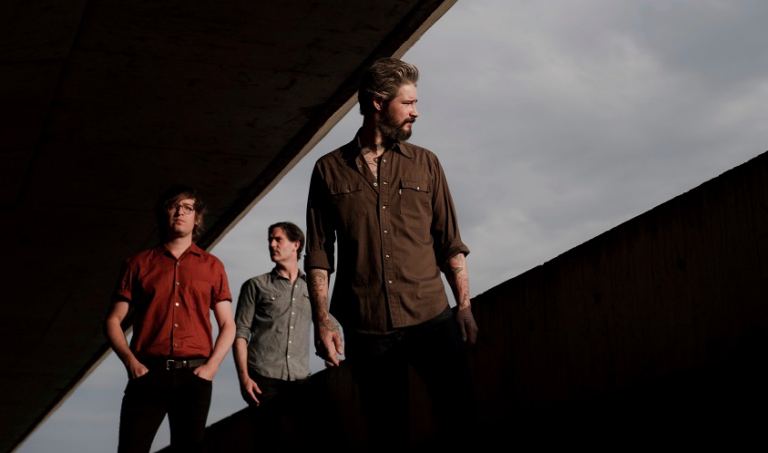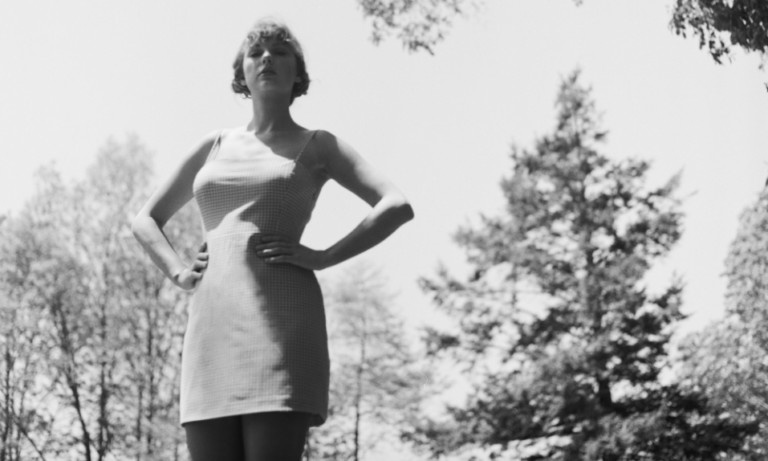Being the place that we spend nearly all of our time relaxing and unwinding after a long day, having a home that’s warm and inviting is crucial. Does your house feel like it’s in need of a bit of an update? Well, if you’ve got a little bit more time on your hands and want to switch things up a little, we’ve compiled a short list of tips and ideas that you might want to give a try. Read on to find out more!
Keeping things simple
Sometimes when your home feels outdated and uninviting, it’s simply because there’s too much stuff everywhere. Whether it’s litter, things that aren’t organised and stored away properly, or just ornaments and furniture built-up over time that you don’t need any more, it can sometimes feel overwhelming. Having a purge of all your clutter and going back to basics can be a good way of refreshing your home and prioritising what’s most important.
Tip – Getting inspiration – Struggling to find inspiration for a new layout in your home? Depending on the type of house/apartment setup that you have available, sometimes it’s a good idea to look at some up and coming developments, taking into consideration the interior design choices and current trends. If you’re living in a city apartment, for example, you might decide to look at some of the modern, forward-thinking properties offered by the likes of RWinvest throughout Liverpool and Manchester, which provide minimalist designs that prioritise space.
Let there be light
Sometimes letting in a bit of light into a room can make a whole world of difference. If you have certain rooms or spots in your home that seem a bit dark and dingy, then try to see if you can move any obstructions or pieces of furniture that are in the way, or perhaps even think about moving the layout of a room based around where the light comes in. This might not be possible in every setup, but it can make quite a bit of difference when done right!
In order to shift up the mood and atmosphere even further, you might want to consider including some different smart home gadgets and gizmos, such as smart LED lighting. Able to change into a wide variety of different colours, and controllable directly through your smartphone, these futuristic pieces of kit are as easy to install as screwing in a lightbulb, and can also help to automate your home by turning on and off automatically in the morning and evening.
Securing your home
Again, much like with smart LED bulbs, it might be worth looking into smart CCTV and camera/security systems, if keeping your home secured is a priority. They’re a lot simpler, and rather than having to have wires set up in your walls and throughout your home, hooked up to a computer system or recording onto disks, they simply can stick wherever you want and then be accessible over Wi-Fi through an app when needed. You can even access them remotely, allowing you to check in on your home when at work or even abroad.












